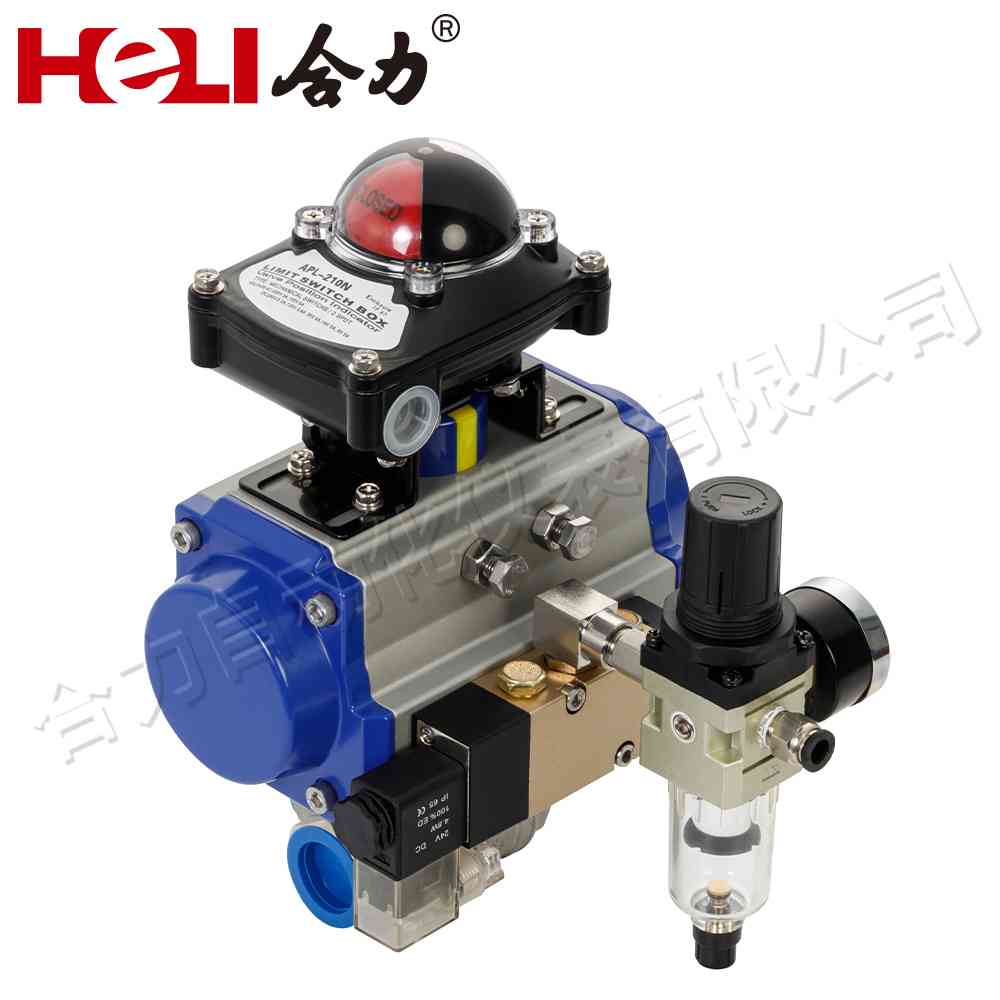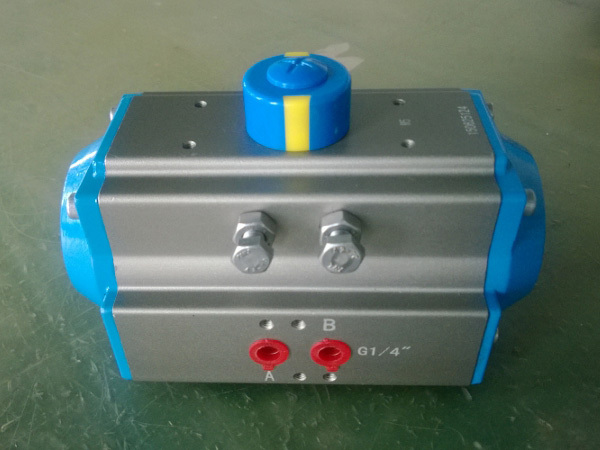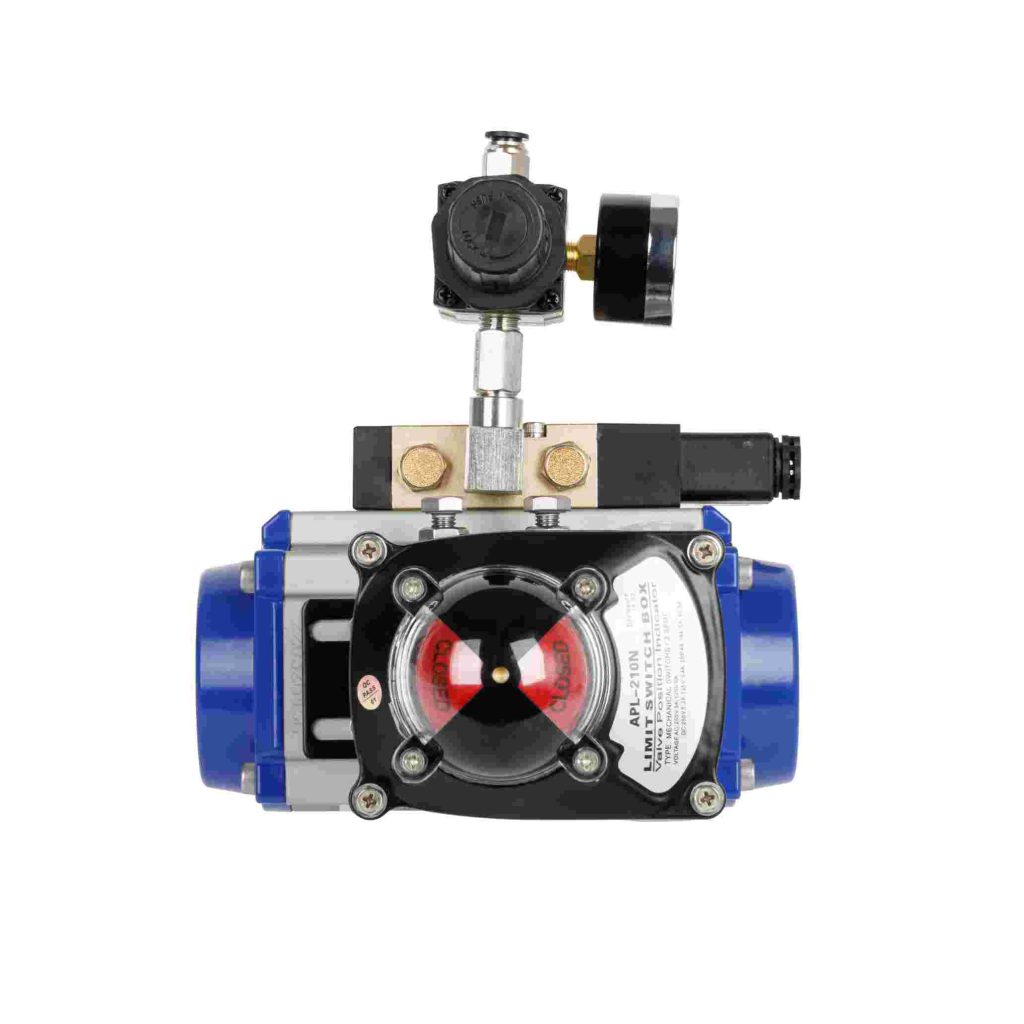The world is increasingly turning towards renewable and eco-friendly energy sources as a solution to combat the environmental impact of traditional fossil fuels. One such innovation that has gained significant attention in recent years is the hydrogen energy pneumatic actuator. This technology combines the power of hydrogen fuel with pneumatic systems to provide a cleaner, more sustainable alternative for powering industrial and automation applications. In this article, we will explore the concept of hydrogen energy pneumatic actuators, their working principle, benefits, applications, and future potential.

What is a Hydrogen Energy Pneumatic Actuator?

A hydrogen energy pneumatic actuator is a type of actuator that utilizes hydrogen as a primary energy source to power pneumatic systems. Pneumatic actuators typically rely on compressed air to generate motion, but with the integration of hydrogen energy, these systems can operate without depending on traditional fossil fuels or electricity. Hydrogen can either be stored in high-pressure tanks or generated on-site through fuel cells, providing a highly efficient and sustainable power source for various mechanical systems. Working Principle Hydrogen energy pneumatic actuators work by harnessing the energy stored in hydrogen gas. There are two primary methods through which hydrogen can drive pneumatic actuators:
